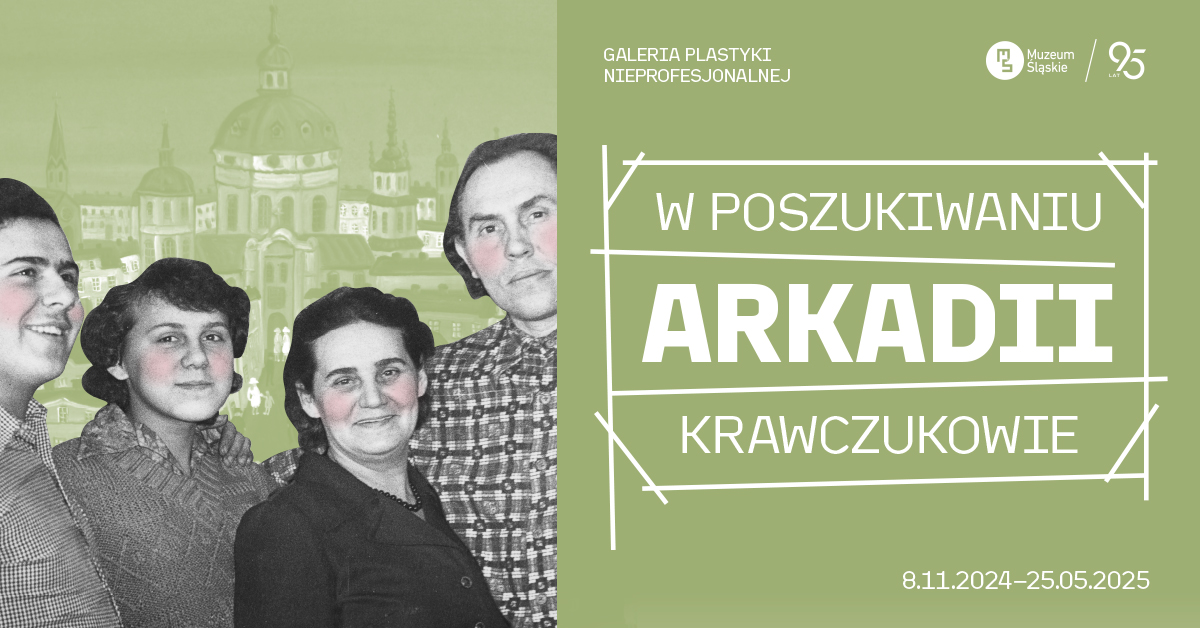This exhibition recounts the story of Upper Silesia from ancient times to the political-economic transformation of 1989. Entering this symbolic mining space, visitors follow a path marked by history, with the symbolic lux ex Silesia illuminating interrelated issues and events which determined the region’s history.
The main part of the exhibition explores aspects of Upper Silesia shaped by industrialization, its starting point marked by the steam machine set in motion in Tarnowskie Góry in 1788, the first in mainland Europe! That event determined the character of Silesia, transforming many aspects of life – social, national and urban.
The entrance to the exhibition is a tribute to the place where the exhibition is held. It leads through the gate of the Katowice Coal Mine, reconstructed on the basis of photographs from 4 January 1989 – the day considered to be the beginning of political, industrial and economic transformations that changed the face of Silesia once again. The exhibition is divided into 19 areas; visitors first go through an office with mining badges, followed by sections devoted to ancient times and the growth of settlement.
The next stage is a visit to the palace with a steam machine, a piece of 17th-century innovation, a harbinger of intellectual and historical transformations within the region where industrialization would become the essential driving force behind new changes. What follows are sections devoted to the complexities of Silesian identity, the rise of Polish national consciousness, eminent inhabitants of Silesia, major events during Silesian uprisings, the plebiscite, and the interwar and WWII years. The post-war trail follows major points such as the Upper Silesian Tragedy, the falsehood of Communism, social and demographic transformations, the Solidarity movement, martial law and the tragedy in the Wujek Coal Mine, and finally the decline of the Polish People’s Republic.
The show ends with the presentation of a high-speed industrial processor developed in Bytom, with the question whether this invention could play a role similar to the one the steam machine played 200 years ago and whether new technologies may again change the face of Upper Silesia.
Curators: Jarosław Racięski, Krystyna Pieronkiewicz‑Pieczko
Pozostałe Archiwum wystaw

Toshihiro Hamano. Beauty of Japan – Tradition and Modernity
6.12.2024-9.03.2025
przestrzeń wystaw czasowych na poziomie -4

W poszukiwaniu Arkadii. Krawczukowie
8.11.2024-25.05.2025
przestrzeń wystaw czasowych na poziomie -2


